What Are the Different Types of Cesspools?
Cesspool pumping can prolong the life of your cesspool by removing solid material that can eventually block the holes and make the cesspool overflow. It's important to schedule your cesspool pumping regularly, but keep in mind that your cesspool may need to be pumped sooner rather than later depending on what type it is.
According to the U.S. Environmental Protection Agency, it's recommended to have your septic system pumped approximately once every three to five years. That said, what are the different types of cesspools and how exactly are they different from a standard septic tank?
How Does a Cesspool Differ From a Septic Tank?
A cesspool is an underground waste storage system. Cesspools are unsealed, and they have perforated sides from which the septic liquid slowly flows out while the solid sewage settles at the bottom. They're lined with cement or stone, and they sometimes have an outlet to another pit.
A septic tank is a fully-sealed plastic or metal tank that holds wastewater and solid sewage together and keeps it separate from the ground. Cesspools are sometimes upgraded to septic tanks once they fail, but most often a cesspool that fails is replaced by connected city plumbing. In most cases, the EPA no longer permits new cesspools to be built. Instead, a cesspool needs to be pumped out and replaced with a sealed septic system when it's decommissioned.
What Types of Cesspools Are There?
Residential Cesspools
According to the EPA, a residential cesspool is a cesspool that serves one household of 20 or fewer people per day. Residential cesspools serve about 25% of the American population, mostly in rural areas where networked city plumbing is unavailable or infeasible. Residential cesspools must be pumped out usually about as often as septic tanks, roughly every three to five years.
Non-Residential Cesspools
The EPA reports that a non-residential cesspool may have the potential to be used by 20 persons or more in a day even if it's not used by that many people each day. Access restrictions must be in place for the area for these types of cesspools.
Large-Capacity Cesspools
A large-capacity cesspool is a cesspool designed to service multiple homes, up to 20 people per day. The EPA has banned large-capacity cesspools (LCCs) and an LCC must be properly abandoned by cesspool pumping and then closed and replaced with another septic waste disposal system like a septic tank or public plumbing connection.
A cesspool can be a safe and sanitary waste disposal solution if it's taken care of properly. Call Help Cesspool & Sewer today to schedule your cesspool pumping. We're available to answer any cesspool-related questions you may have.

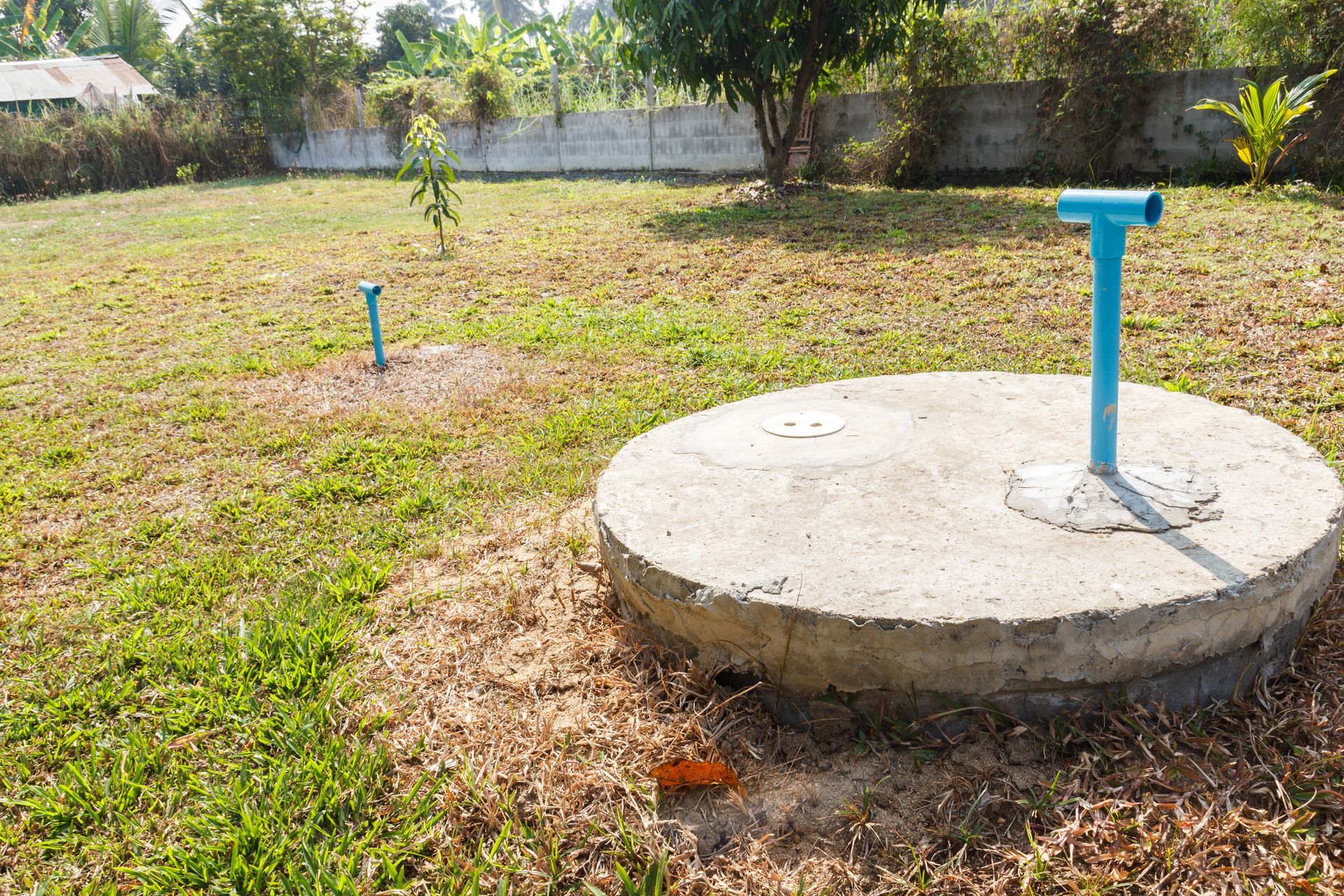

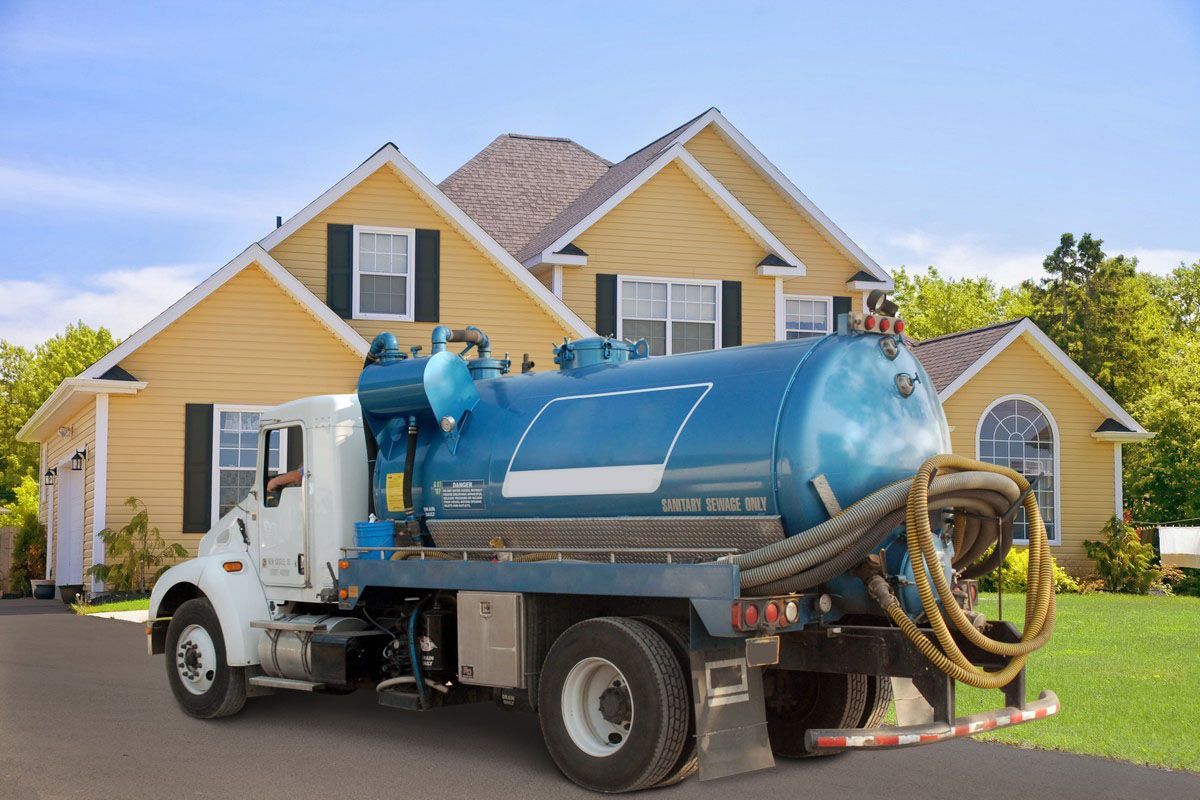
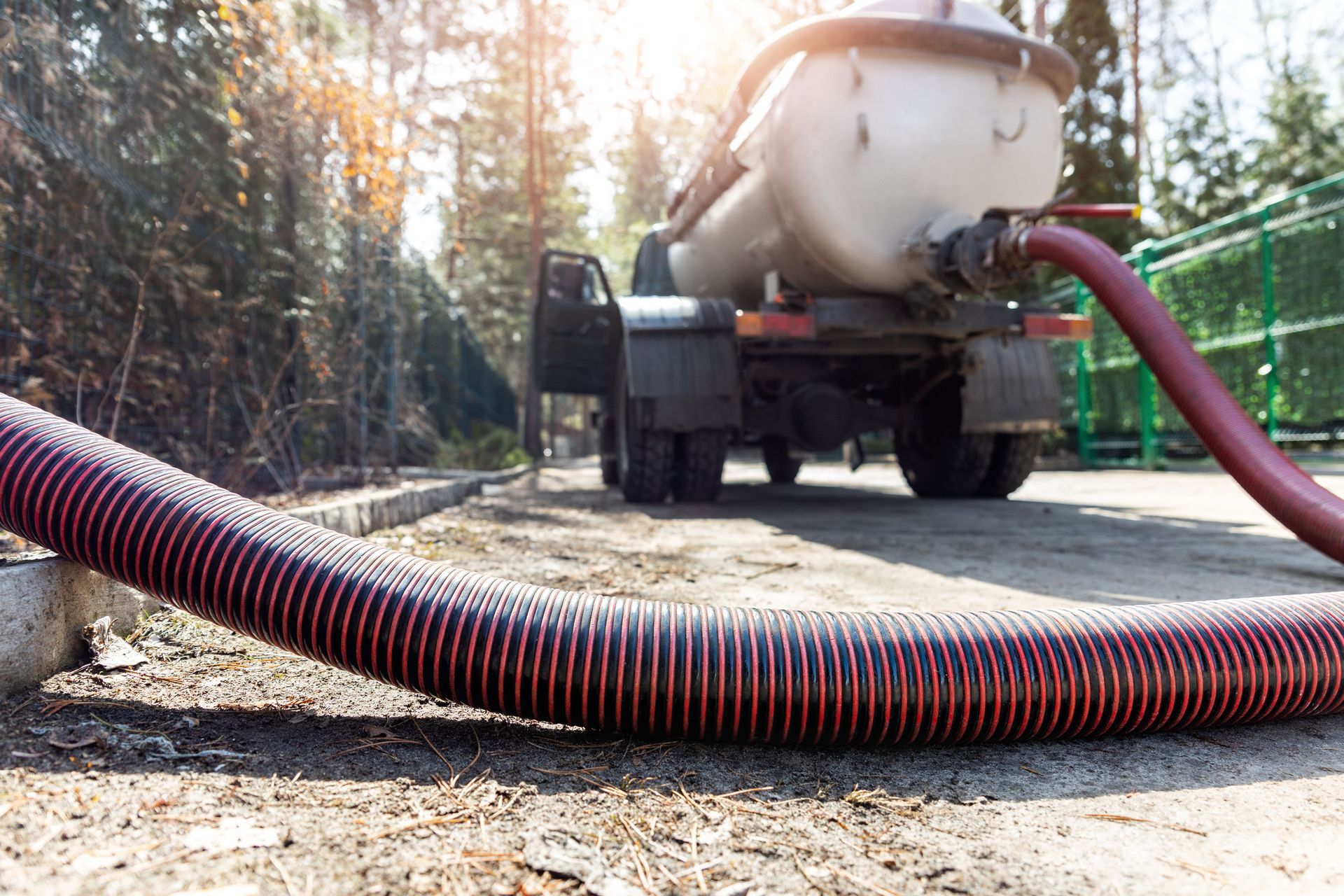

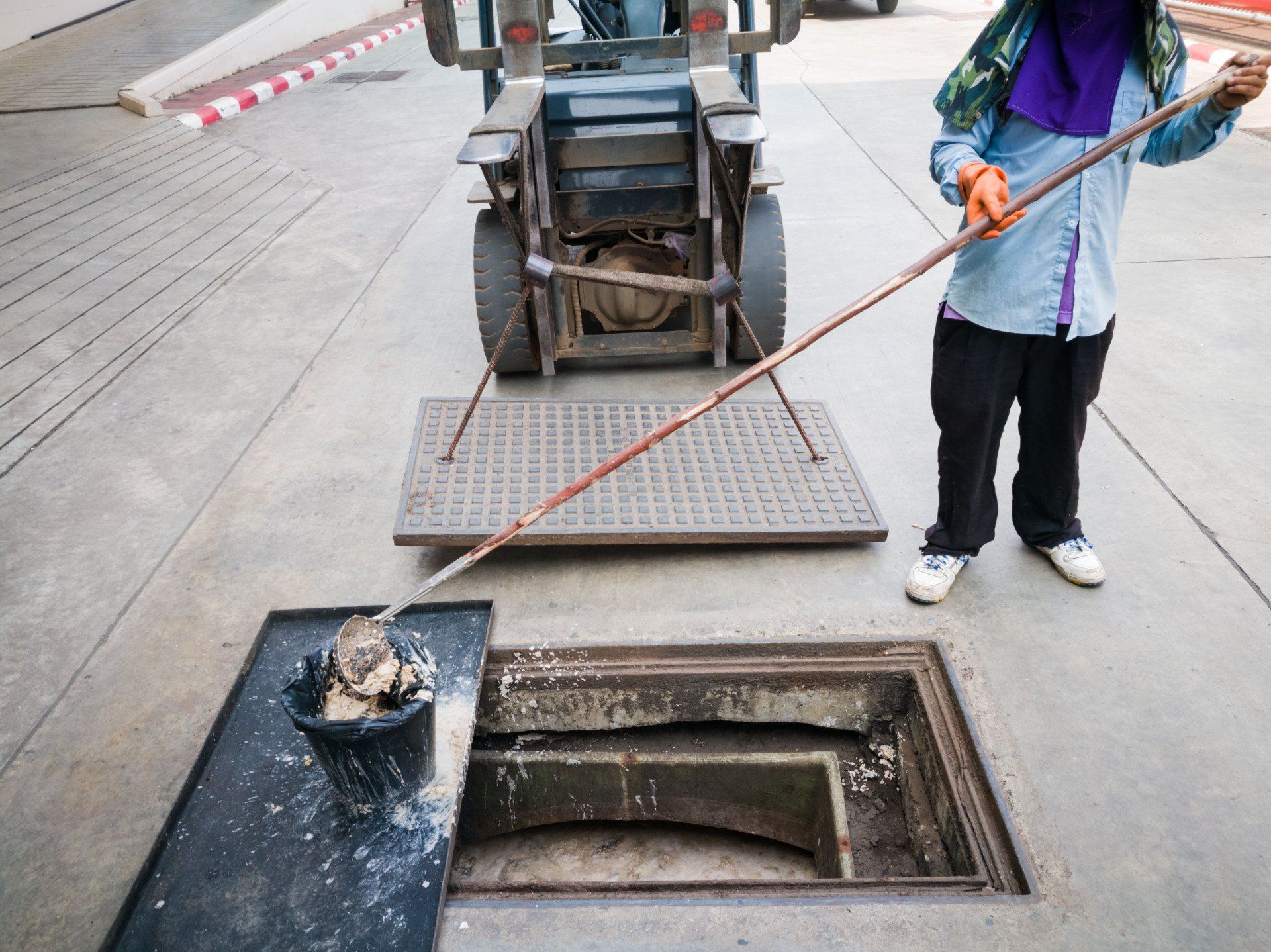
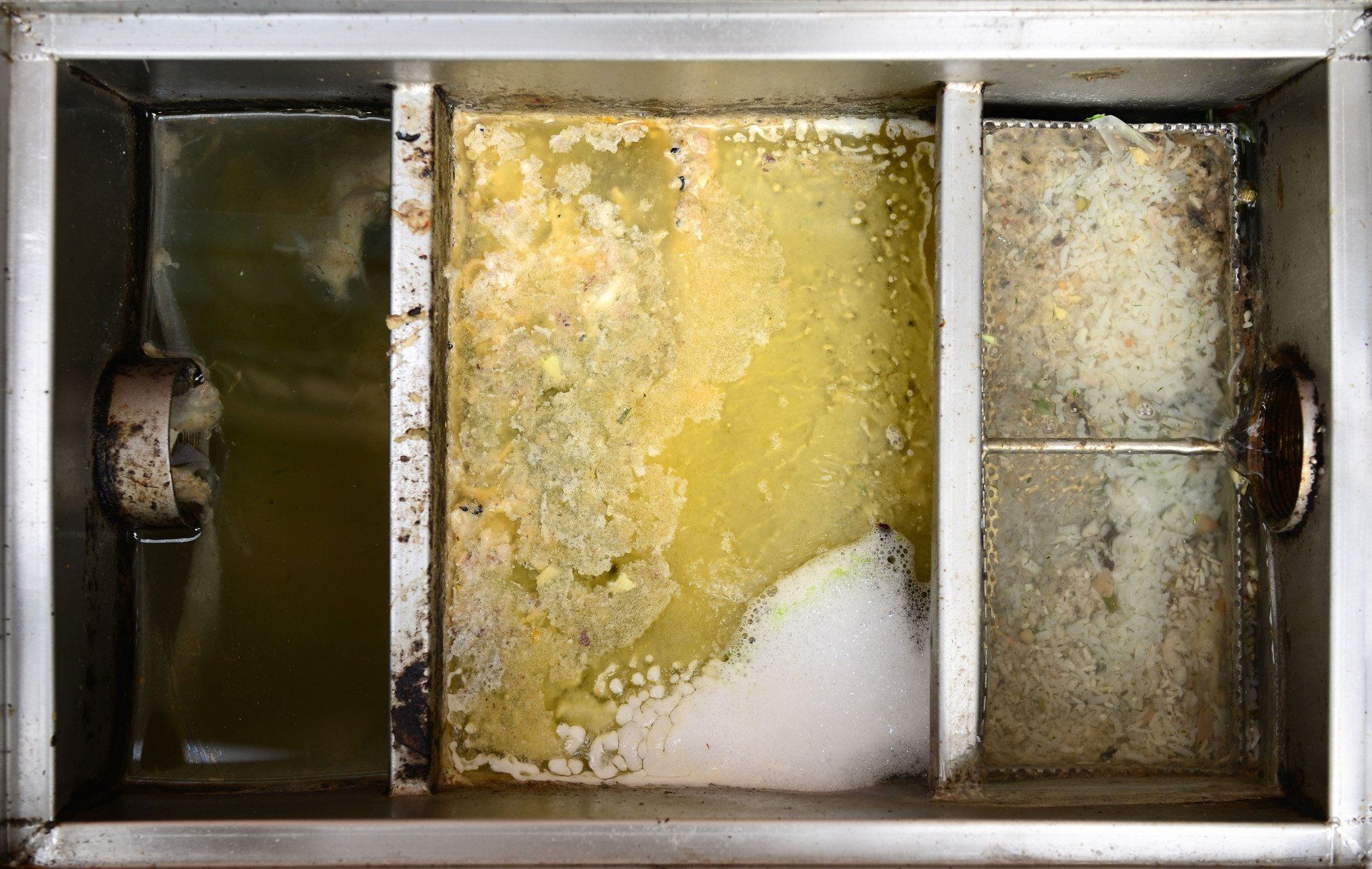

Share On: